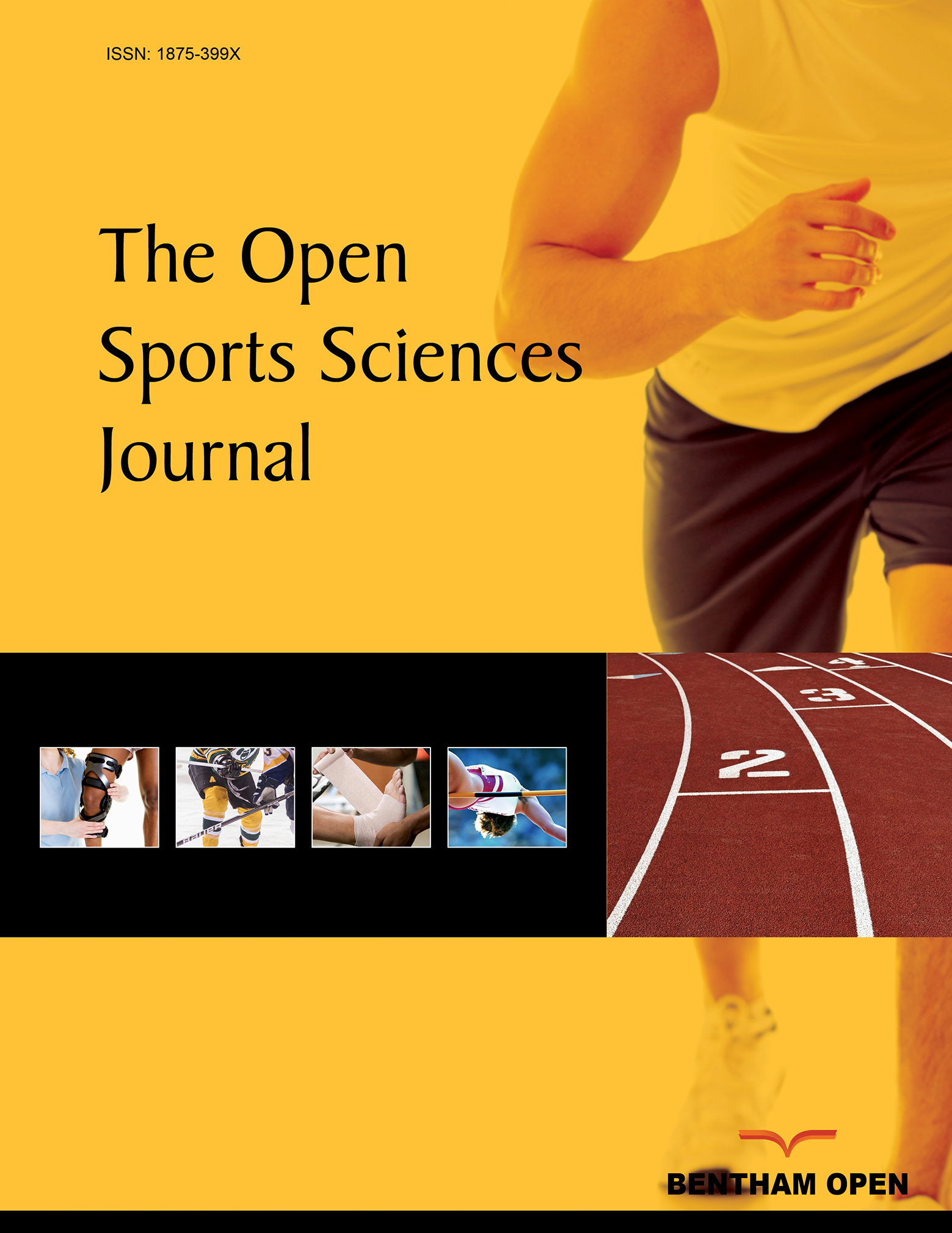All published articles of this journal are available on ScienceDirect.
Non-verbal Communication of Sports Leaders and Influence on Students' Participation Satisfaction, Positive Emotion, Exercise Adherence, and Sport Recommendation
Abstract
Background and Study Aim:
This study analyzed the relationship between the nonverbal communication of golf leaders' and the satisfaction, positive emotion, exercise adherence, and recommendation of sports leaders among students participating in golf classes.
Material and Methods:
The study surveyed 377 students in four middle and four high schools in Seoul and Gyeonggi Province from January 2 to May 2, 2020. The SPSS 23.0 and AMOS 23.0 programs were used to conduct these procedures: reliability analyses to analyze the validity and reliability of the survey questions; confirmatory factor analysis; the correlation between nonverbal communication and various variables; and a structural equation model (SEM) analysis to empirically verify the hypotheses of the study.
Results:
Results showed that five major hypotheses and five of the 18 sub-hypotheses had significant effects among the independent and dependent variables. The golf leaders’ paralanguage and physical appearance significantly affected the participation satisfaction of youth participants. In addition, their physical appearance had a statistically significant effect on the exercise adherence of the youth participants. In turn, the participation satisfaction among the youth participants significantly affected their positive emotions, exercise adherence, and recommendation of golf leaders. In effect, their positive emotion significantly affected their recommendations of golf leaders to others.
Conclusion:
Hence, sports leaders should learn nonverbal communication skills through continuous self-management, class preparation, and active demonstrations among their students.


